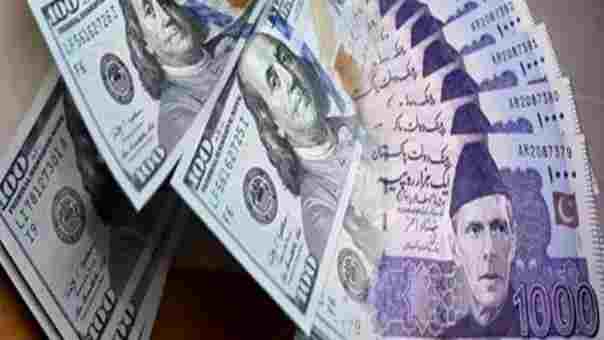Karachi – July 8, 2025 – The rupee continued its downward trajectory for the third consecutive session on Tuesday, slipping under mounting pressure linked to the onset of the new fiscal year.
The local currency lost 14 paisas, closing at PKR 284.36 against the US dollar, compared to Monday’s closing of PKR 284.22 in the interbank market.
This latest decline marks a sustained weakening trend, with the rupee having depreciated from PKR 283.86 on July 3. Market analysts and currency dealers attribute the ongoing slide to intensified demand for the greenback, primarily from importers and corporate entities scrambling to meet backlog payments as the fiscal year 2025–26 kicks off.
Importers, who had held off on purchases during June amid budget uncertainties, have now resumed operations in full swing. The result: a surge in international transactions and a spike in dollar demand that continues to weigh on the rupee. Multinational firms have also stepped up dollar buying to repatriate profits and dividends, further straining foreign exchange liquidity.
Experts believe this trend, while concerning, is a typical phenomenon associated with the early stages of a new fiscal year. “The rupee’s current weakness is more reflective of temporary market adjustment than a fundamental economic imbalance,” said one senior forex analyst.
Despite short-term volatility, broader indicators offer reasons for optimism. The Pakistan Bureau of Statistics (PBS) reported a 9.47% narrowing of the trade deficit in June 2025, driven by a notable decline in both exports and imports. This improvement signals reduced trade-related outflows and a better current account outlook heading into the new fiscal cycle.
More encouragingly, the State Bank of Pakistan (SBP) confirmed a surge in foreign exchange reserves to $14.51 billion by the end of fiscal year 2024–25—an impressive $5.12 billion rise from the previous year. Analysts cite improved fiscal management, controlled spending, and successful external financing deals as key contributors.
While the rupee may remain under short-term pressure, the strengthening reserve position offers a vital buffer. As demand eases and confidence builds, markets anticipate gradual stabilization in the rupee-dollar exchange rate in the coming weeks.
